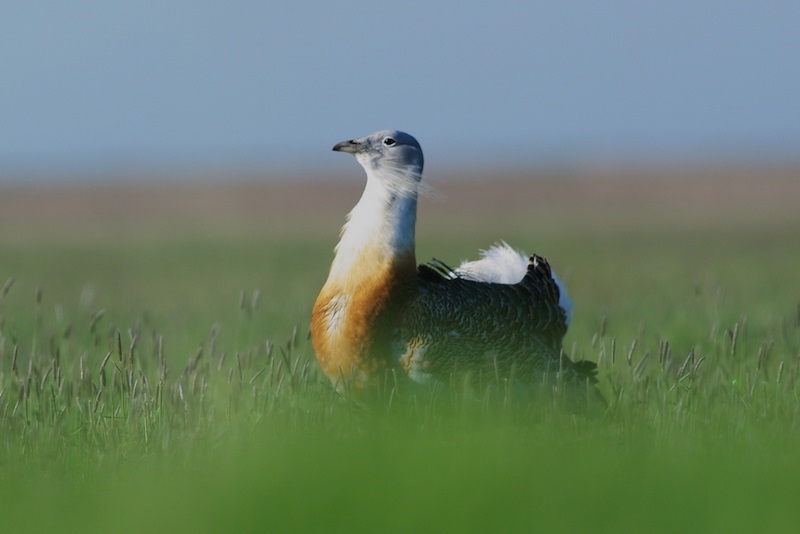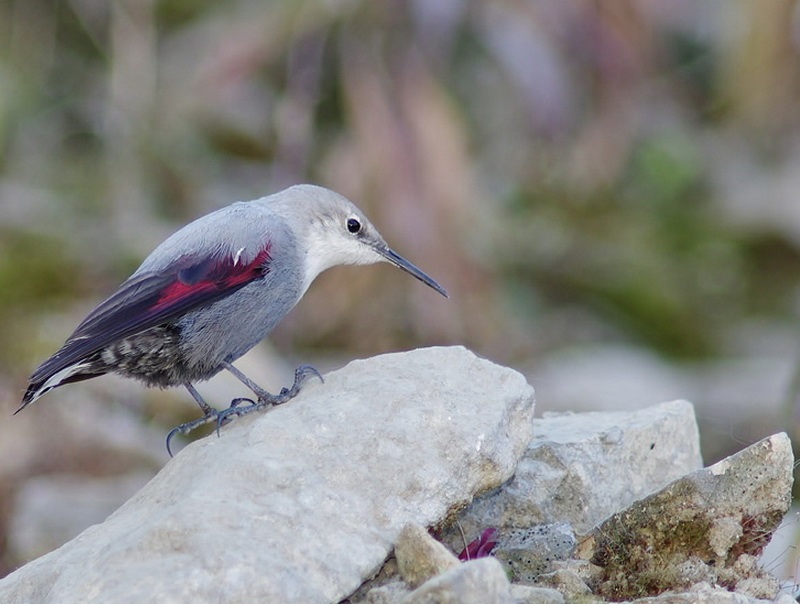Spain has a great deal to offer wildlife and nature lovers from its iconic birds and mammals to the wonderful landscapes and diverse culture.

There are 115 mammal species in Spain, of which 2 are critically endangered, 5 are endangered, 13 are vulnerable, and 3 are close to threatened. That includes mammals from every Spanish territory, both in and outside the Iberian Peninsula. This makes it one of the richest areas for mammals in Europe. In addition to the smaller rodents, shrews, hedgehogs, moles and so forth there are around 35 bats. The peninsula is also a great place to see cetaceans from Blue Whale to the many dolphin and porpoise species. However, Spain is also home to a number of carnivores that are much sought after such as European Lynx, wolves, bear and a number of mustilids and half a dozen marine mammals on the costs such as seals.

Spain is also a great place to encounter reptiles with three freshwater turtles, two tortoises, well over fifty species of lizards, skinks and geckos and around thirteen species of snake, five of which are venomous.
The impressive abundance of birds that can be found in Spain is due both to its geographical location (it is a natural route between the European Continent and Africa) and its varied landscapes and climates. Over 456 different species of birds are quoted – 285 breeding – some of them having here their last European strongholds. This is the case with Purple Gallinule (3,500 pairs); White-headed Duck (1,164 individuals) and Marbled Teal (250 pairs); and they are on the increase in most of the Iberian wetlands. Other species, particularly raptors, are also recovering: Lammergeyer (+80 cc.); Griffon Vulture (16,590 cc.); Golden Eagle (+1,200 cc.).

Northern European birders will enjoy many southern specialties from Sandgrouse and Red-necked Nightjar in Extremadura, to Bee-eaters, Pallid Swifts, Black Storks and many warblers. Great Bustard still roam the plains and Wall Creeper can be found in the mountains… there is something for every taste.

There are also a number of feral species like Bishops getting established populations. Moreover, many species that summer in the north overwinter in Spain where mild temperatures keep insect numbers up through the year.
Most Spanish regions offer some wonderful birding locations whether it be the Albufera of Mallorca or Cota Donana in Andalucia.
Text Source: Fatbirder
Map Source: Googlemaps™
Photo Source: © Birding Ecotours
